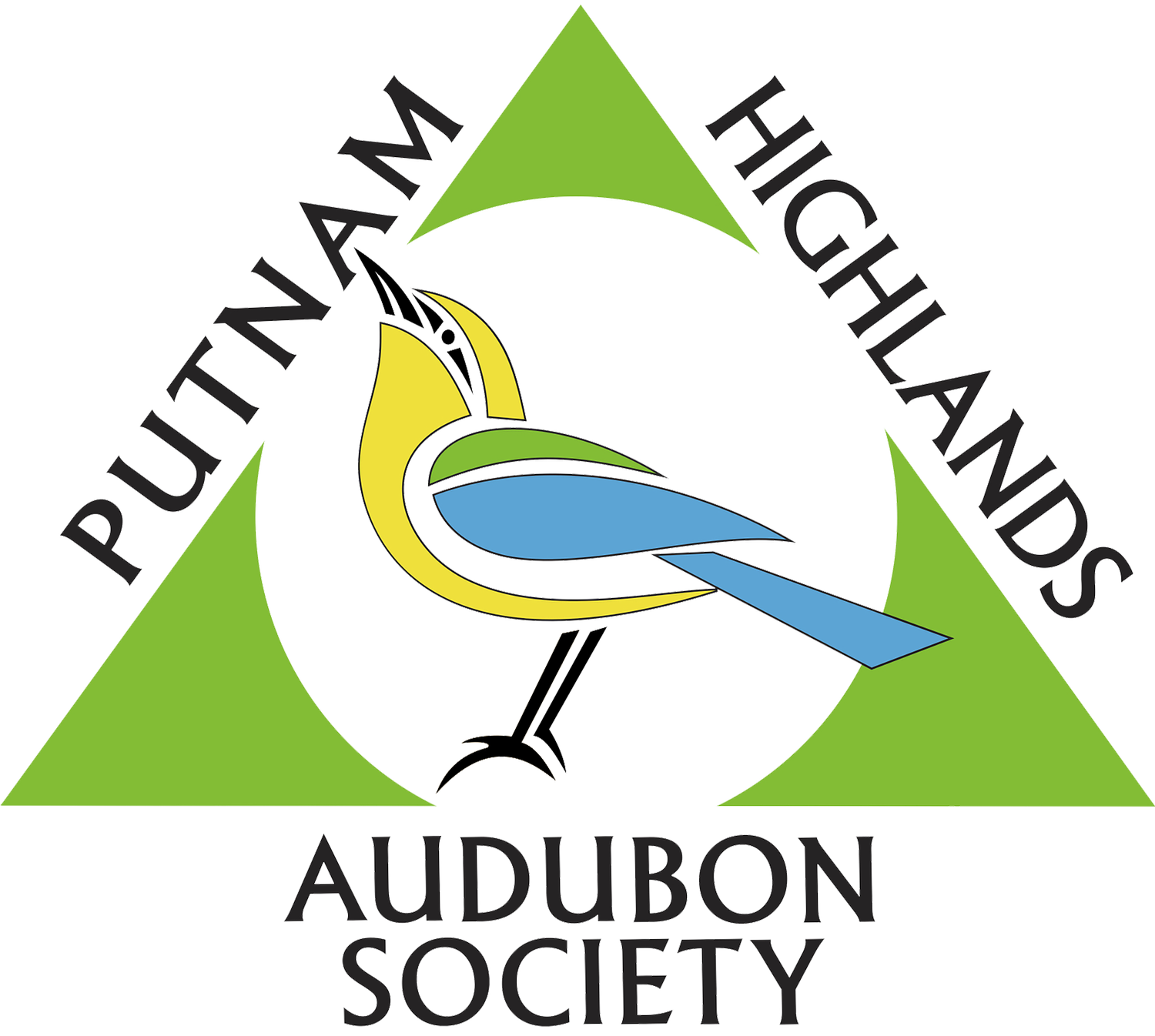Putnam Highlands Audubon Society Position Statement on Indian Point Decomissioning - Holtec Pauses Plan to Dump Toxic Nuclear Waste Water into Hudson.
At its April 12th Putnam Highlands Audubon Chapter Board meeting a Resolution was adopted in opposition to the dumping of 1,000,000 gallons of radio active waste water from the de-commissioning of the Indian Point Nuclear Facility into the Hudson River.
Holtec, the Corporation charged with handling the de-commissioning has planned to start this dumping in the coming months, but has announced it will hold off starting immediately, as there has been tremendous opposition from environmental organizations and the community. The Hudson River has just gone through a long and extensive clean up from the dumping of PCB’s into the river causing degradation to the fish species that migrate into the river to spawn each year. The contamination build up then caused harm and mortality to other wildlife species as the PCB’s moved up the food chain and into Bald Eagles and humans and other species through consuming the fish.
Adequate research has never been undertaken to determine what the negative impacts of dumping the nuclear waste water are, since it includes tritium. Tritium is a radio active isotype of hydrogen, that emits beta radiation as it decays. Large quantities can cause cancer if inhaled or ingested, and the negative health impacts on other sensitive river organisms is unknown.. Tritium has a half-life of 13.33 years .
These nuclear waste issues were brought up during the nuclear plant opposition to Con Ed plants proposed upriver 45 years ago. We were told then that methods would be developed in a few years to answer these issues. 45 years later, Holtec has no better plan then to continue to use the Hudson River Estuary as a nuclear dumping ground. They need to be reminded that the river is an estuary with the water controlled by the tides. The water moves up and down with the tides each day so any contaminants have a prolonged stay in the estuary and are not immediately swept out to the ocean. This means there is a longer time frame to cause real harm to species that depend on the estuary, including migratory birds and fish species and the smaller sensitive organisms that support river life..
The only option available presently, would seem to be to build holding tanks on site that would be impervious to earthquakes (there are faults along the river) and fires and explosions from train derailments, as well as to be secure from those wishing harm. As we are learning from the war in Ukraine, nuclear sites can be used as virtual hostages during wars and from dissidents, etc.
There would seem to be no point in racing to dump a million gallons of this toxic brew into a river that has just been relatively cleaned up after decades of abuse and degradation by companies that, like Holtec, chose to use the river as a means to rid themselves of an environmental hazard at the river’s expense. Many issues about the storage of the spent fuel rods containing plutonium and uranium, and other materials used must also be considered. The days of shoving them on trains to be transported by rail would seem to be over after so many recent derailment issues!
All these issues must be raised now before the project starts and the Nuclear Regulatory Commission needs to address the negative impacts with research and data to provide the community, and the environmental organizations that have fought for decades to protect the Hudson Estuary and the human and wildlife populations, with real answers to issues raised.
Submitted by,
Connie Mayer, PHAS Conservation Chair
